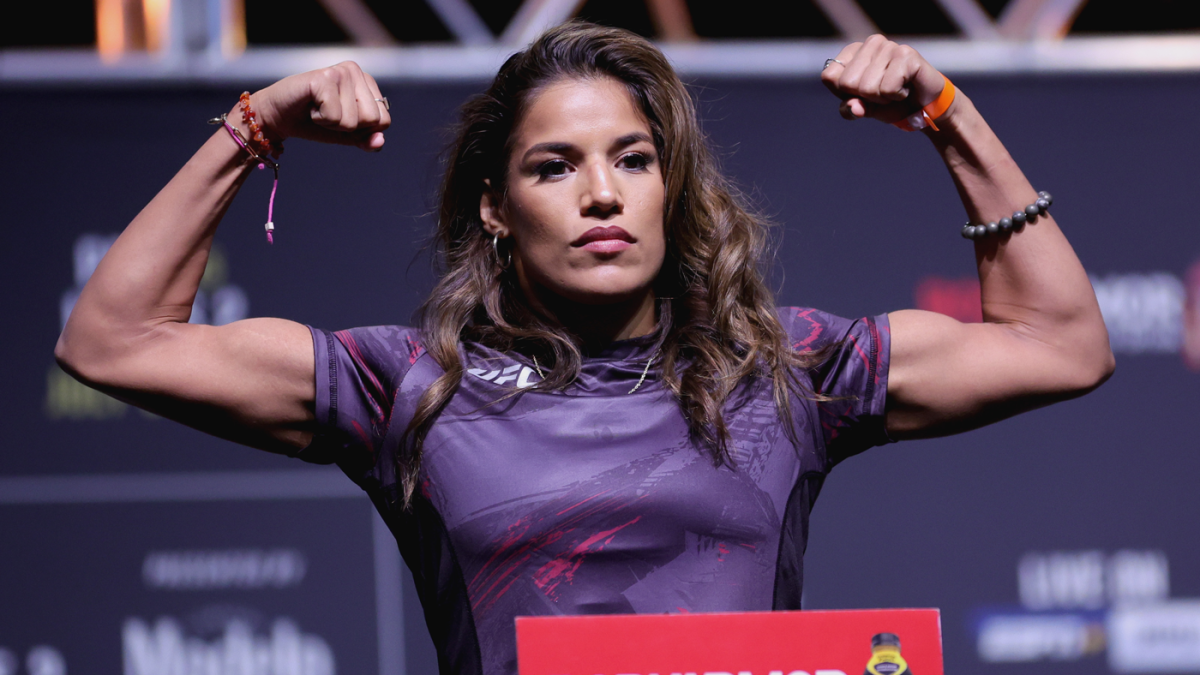
With more senior athletes participating in competitions, the number has steadily risen over the years. There are many factors that have contributed to the increase in participation in sport among older adults, such as the growing number of seniors who are interested in it. Even though physical fitness tends towards declining as we age there are ways to stay fit and remain active.
Sport motivation
Recent research shows that competition level, age, as well as gender influence senior athletes' motivation to participate in sport. A validated questionnaire was used to assess sport participation motivation. The results of the study were presented in Table 1. Here, participants were classified by sport. Furthermore, the results showed that the questionnaire had many psychometric properties.
The study involved 316 junior and senior athletes competing in three team sports. Three questionnaires were completed by the participants. They were also categorized based on their sport and competition level. The results showed that football players were most motivated to achieve success, while handball players had the lowest motivation levels.
Physical fitness declines with aging
Ageing can lead to decreased physical fitness. This includes a decrease of muscular mass, strength, endurance, and force. The muscles also experience a decrease in range of motion, becoming more rigid. This can make it difficult to perform strenuous exercise. Many senior athletes can still perform extraordinary feats despite the fact that they are older.
The study found that both men and females' aerobic capacity declined by 20% every ten years. After the age of 40, men's aerobic capacity declined faster than women's. This accelerated rate of decline has implications for functional independence and quality of life.
Exercise regimens
Athletes of all ages can benefit from an exercise regimen. Senior athletes should include cardiorespiratory exercise and muscle-strengthening activities into their training. These exercises can increase their strength and balance. While older athletes are less likely to sustain injuries, they must still develop the endurance and muscles necessary to compete.
Before you begin an exercise program, get a medical clearance. You may have to adjust the intensity of your exercise program if you have had injuries in the past or are suffering from chronic illnesses. Also, you may need to alter your medication schedule and meal plan in order to get the most benefit from your program.
Nutrition
Senior athletes should have a nutrition plan that suits their needs. Athletes should follow good nutrition principles to optimize their overall health and athletic performance. A personalized diet should be recommended and should also include recommendations for preventive health. Senior athletes may be provided with dietary advice by a registered dietitian. Senior athletes may also be interested to learn more about topics such exercise and weight control.
An older athlete should aim to eat healthy, nutrient rich foods. This can increase recovery after intense training sessions and decrease the chance of developing debilitating age-related conditions. An older athlete, for example, should eat healthy carbohydrates to fuel their bodies and keep a healthy weight. They should also eat foods with high levels of fiber and antioxidants.
Balance
Balance is a major concern for senior athletes due to the physiologic changes associated with age. Sports and orthopedic physicians must first learn about the changes occurring in the body to ensure safe and effective performance. They can then create and implement an SMT plan to address these problems. Balance training is also a vital component of overall health and fitness. It increases muscle strength, improves postural alignment, prevents falls, and helps to prevent them from happening.
Balance relies on proprioception (also known as joint placeal sense). Studies show that elite athletes suffering from ACL injuries have significantly reduced Joint Positional Sensitivity, which could indicate that secondary injuries are possible. Researchers compared Joint Positional Sensory Sense from 30 UCL-injured athletes to those of 30 others.